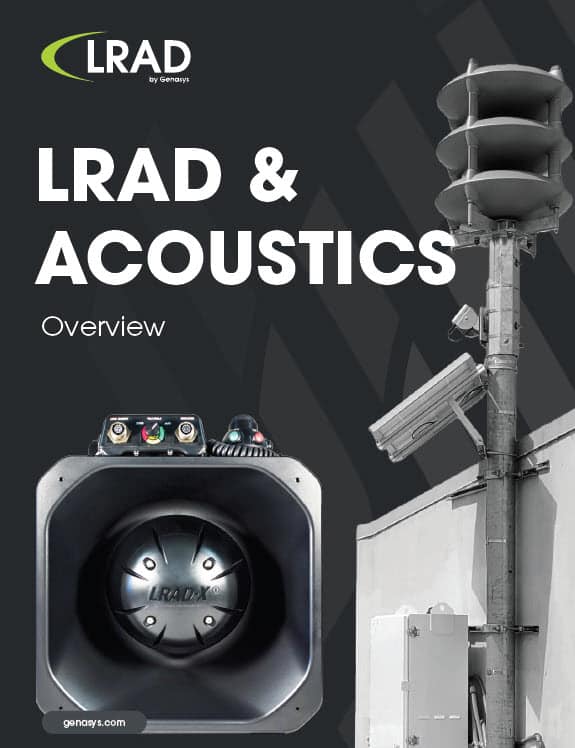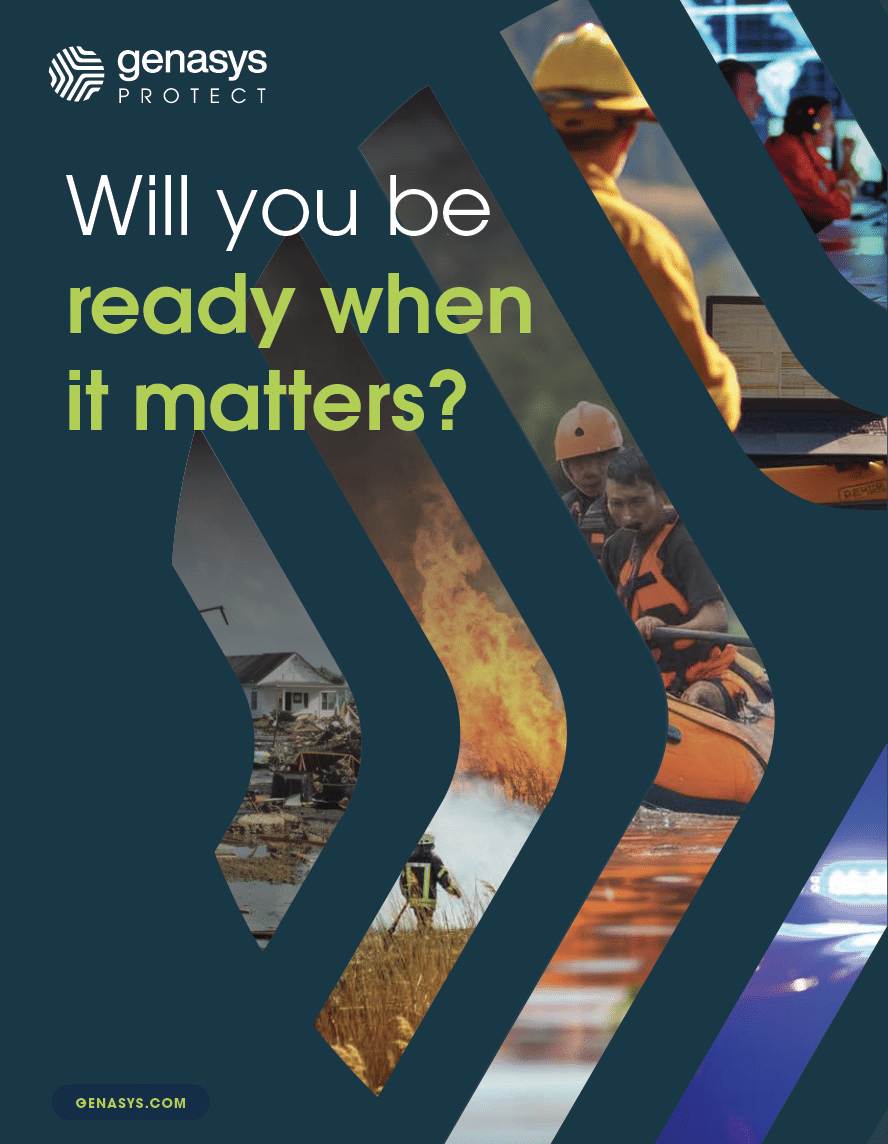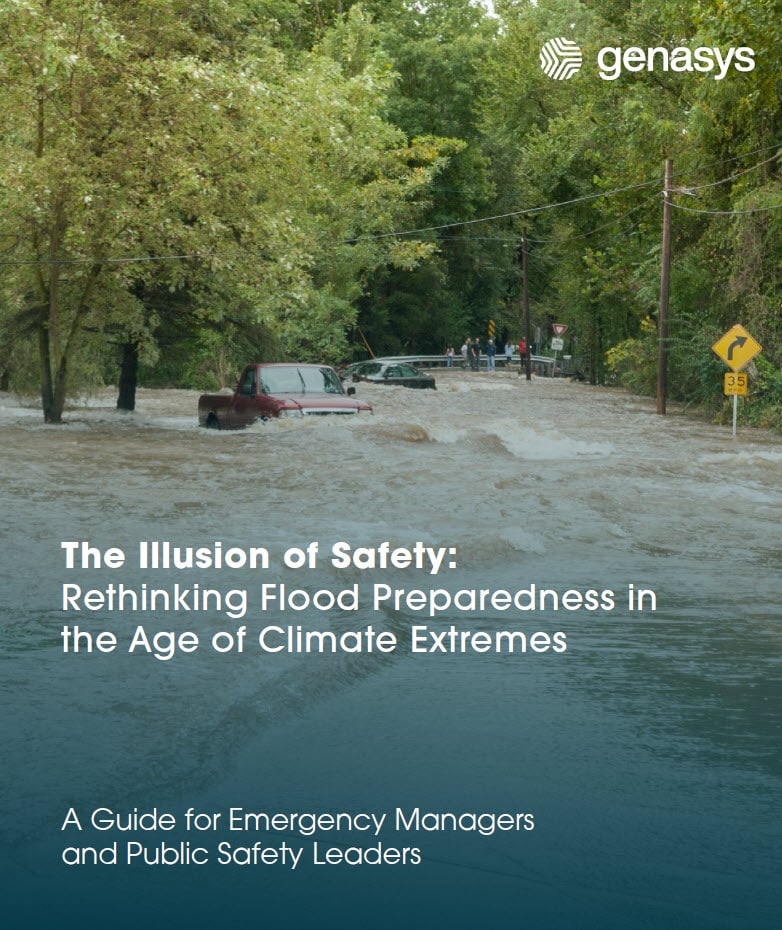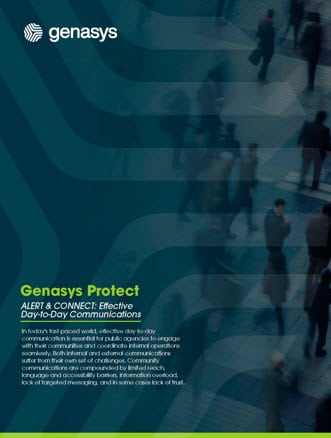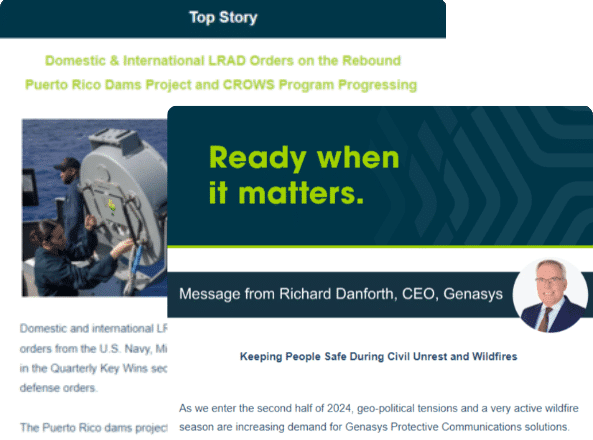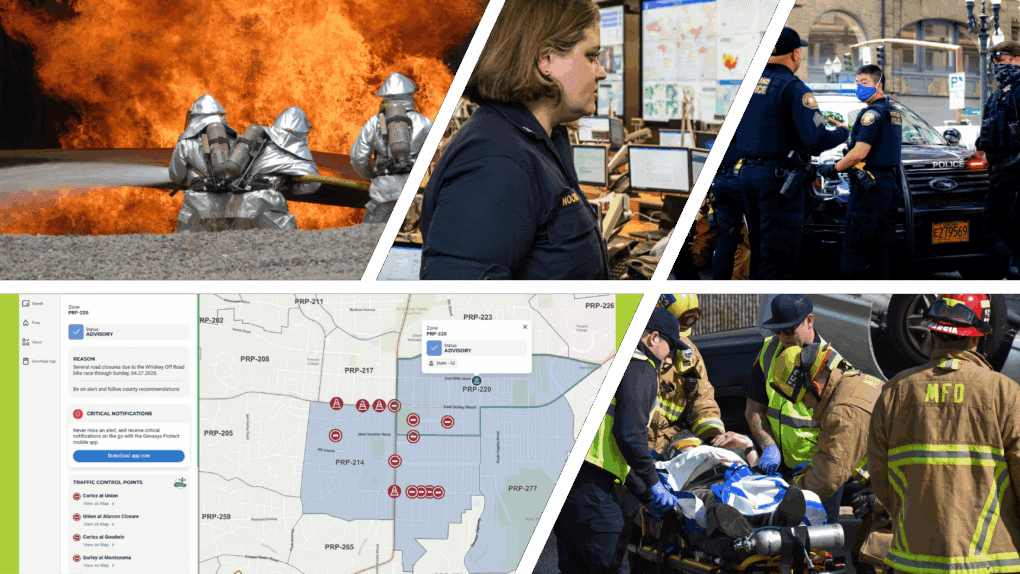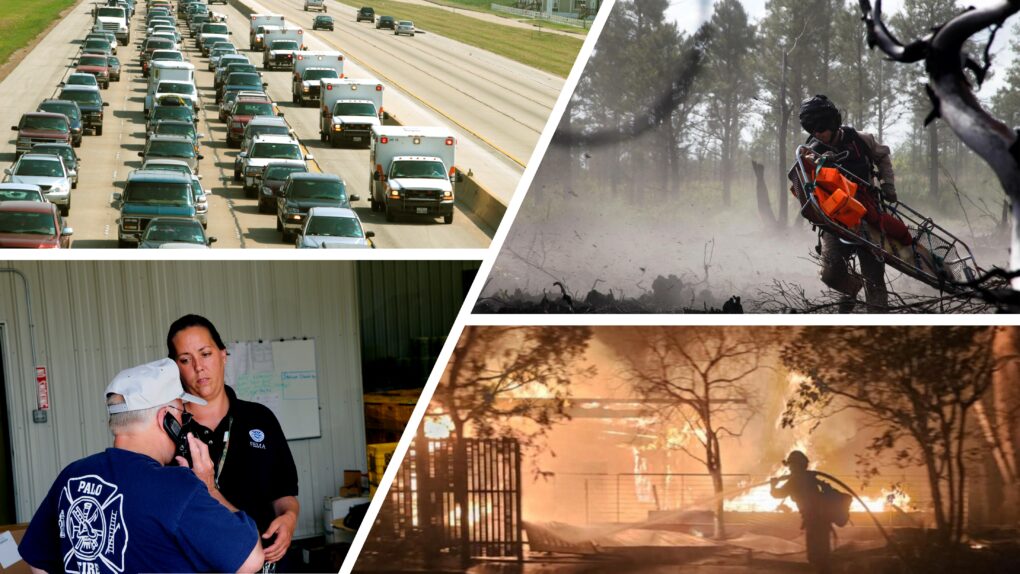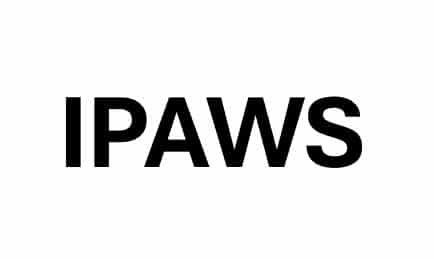By Andrew Hendricks, Enterprise & SLED Account Executive, Genasys Inc.
Many strong public safety projects never make it past the scoring table because the application doesn’t match the funder’s priorities or fails to connect the need, the solution, and the measurable impact. For public sector leaders, especially in law enforcement, fire, EMS, and emergency management, writing a grant can feel like an intimidating and time-consuming task. With a structured approach, however, you can turn your agency’s vision into a compelling, funder-ready proposal that stands out in a competitive field.
1) Start with the fit, not the form:
Read the Notice of Funding Opportunity line by line. Capture eligibility, cost share, scoring weights, page limits, and required attachments in a one page “requirements matrix.” If your project cannot speak to the funder’s stated priorities, stop and reframe before you write a single paragraph.
2) Define the problem with evidence:
Open with a crisp problem statement: who is at risk, what is happening, where, and why current capability is insufficient. Use local incident data, after action reports, hazard mitigation plans, heat maps, evacuation times, and call volume trends. Two strong data points beat a page of adjectives.
3) Tie the solution to outcomes, not features:
Translate your idea into 3 to 5 SMART objectives. Example: “Reduce average evacuation notification gap from 18 minutes to 5 minutes in Zones A, B, C within 12 months.” Distinguish outputs (licenses purchased, people trained) from outcomes (lives protected, minutes saved, coverage increased). Call out community benefits: accessibility, language reach, and service to vulnerable populations.
4) Build a simple project plan:
List major tasks, owners, and dates. Include procurement, configuration, training, exercises, go live, maintenance, and evaluation. One good page with milestones is enough. Name partners and attach letters of commitment that describe concrete roles.
5) Write a budget that tells the same story:
Mirror the narrative in your line items. Justify each cost in plain language. Show total cost of ownership for 3 to 5 years: software, services, radios or sirens if relevant, training, support, and maintenance. Note any match, in kind contributions, and how you will avoid supplanting. Include at least two vendor quotes unless a compliant sole source is justified.
6) Prove you can measure results:
Describe the baseline, the metrics, the tools, and who owns reporting. Examples: alert delivery rate, time to reach 95 percent of addresses, exercise completion rates, ICS position qualifications, CAP compliance, IPAWS usage. State how often you will report and to whom.
7) Handle compliance up front:
Confirm your UEI and SAM.gov registration are active. Acknowledge 2 CFR 200 requirements: procurement, records, conflict of interest, and inventory controls. Address cybersecurity, privacy, and data retention if you are buying software. If you anticipate a sole source, attach the justification now.
If you need outside support, partners like Lexipol can help agencies match projects to the right grant and ensure applications meet all requirements.
8) Draft the narrative last, then write like a scorer:
Use the funder’s headings and order. Lead each section with the answer in one sentence, then support it. Keep paragraphs short, avoid acronyms or define them once, and cross reference tables or attachments. If the application lists scoring criteria, echo those words in your subheads so scorers can check boxes with confidence.
9) Assemble a tight attachment packet:
Typical winners include: letters of support that quantify benefits, mutual aid MOUs, training plans, resumes or bios for key staff, maintenance schedules, vendor quotes, system diagrams or zone maps, inventories showing current gaps, and required federal forms. Name files clearly and match the checklist.
10) Red team it:
Give the packet to two readers: one subject matter expert and one outsider who only has the NOFO. Ask them to score it using the rubric. Fix any place where the outsider stumbles. Trim fluff to stay under limits. Verify every claim has a data point, a citation, or an attachment.
11) Submit early and verify:
Upload a day or two before the deadline. Confirm all files render correctly in the portal. Save the confirmation number and a PDF of the final packet. Calendar likely award dates and be ready to answer follow up questions within 24 to 48 hours.
Common pitfalls and quick fixes
- Chasing dollars that do not match your problem: rewrite the problem or skip that program.
- Tech first, community second: lead with people, risk, and outcomes.
- Budget and narrative out of sync: line items must mirror objectives.
- Weak sustainability: show training, maintenance, and multi year funding.
- No evaluation plan: include baseline, metrics, owner, and cadence.
- Last minute letters: draft them for your partners and send two weeks in advance.
Using One Grant to Solve Multiple Needs
One grant can solve more than one problem. Some tools meet the stated grant purpose and deliver value in other areas your agency cares about. For example, a system funded by a terrorism preparedness grant might also improve wildfire evacuations, severe weather alerts, or large-event coordination. We covered this strategy in more detail in Smart Public Safety Spending: How to Turn Terrorism Preparedness Grants into World Cup 2026 Readiness.
A simple prep timeline
Week 1: requirements matrix, data pull, problem statement.
Weeks 2 to 3: objectives, project plan, budget, quotes, letters.
Week 4: draft narrative and attachments.
Week 5: red team review and edits.
Week 6: finalize, QA, submit early. If your agency works with grant support providers like Lexipol, loop them in at Week 1 for program fit and compliance checks, then again at Week 4 for a scorer style review. And if your scope includes map based evacuation and public alerting, you can reference solutions such as Genasys to demonstrate reach, zone based communication, and measurable time to notify while keeping the focus on outcomes and community benefit.
Contact us now to learn how Genasys solutions can support your agency’s mission, and discover how partners like Lexipol and Sourcewell can help secure the right funding.

